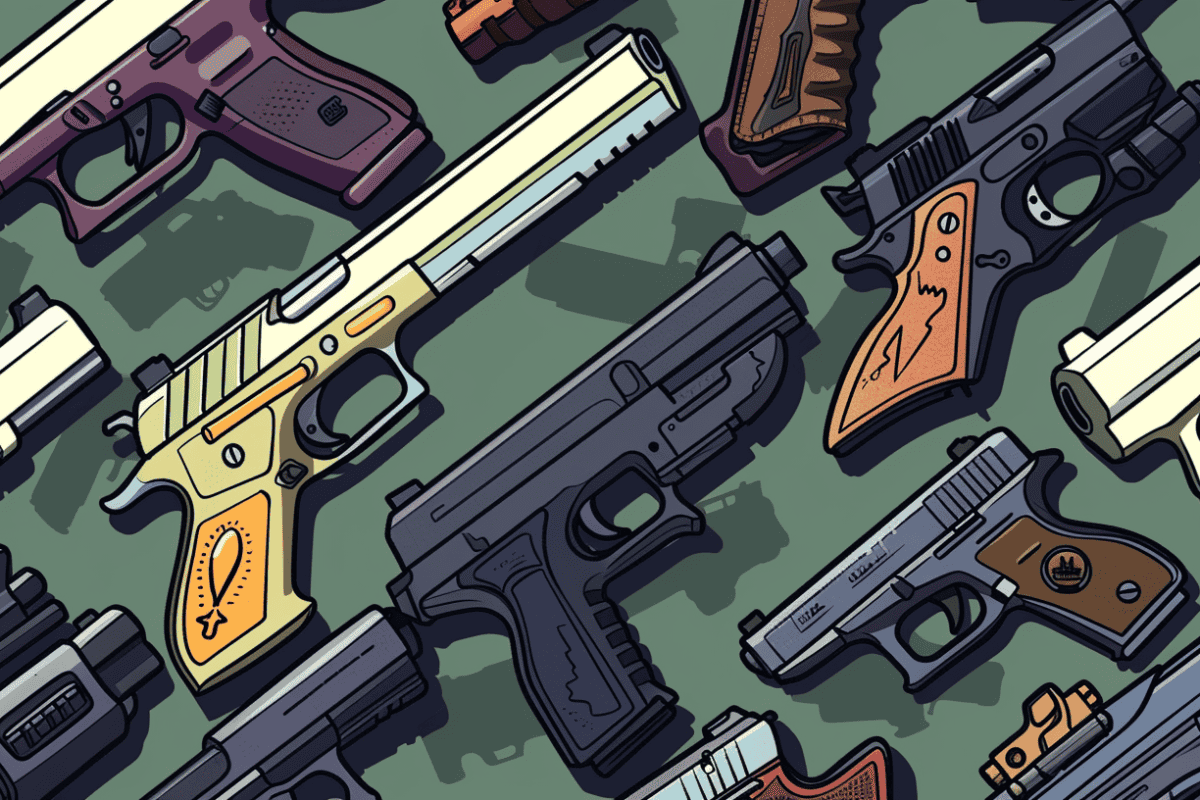It could be a spinal disc problem
Back pain is a common health issue that affects millions of people worldwide. It can be caused by a variety of factors, including poor posture, injury, muscle strain, age-related wear and tear, and disc injury.
Back pain can range from mild to severe and may be localised to one area or spread across the entire back. Treatment options vary depending on the cause of the pain but may include physical therapy, medications, and lifestyle changes.
A specific type of back pain can come from a disc problem, such as a bulging disc or a disc tear. This article discusses common disc problems and what you can do to address them. Read on.
Disc Pain
So you’ve been told you have a disc problem in your spine!
What does that mean?
What can you do about it?
First, let’s discuss what your spinal discs are and what they do.
What is a Disc?
The disc is composed of 2 different parts:
- an external ring, called the annulus fibrosus, of 15-25 layers, made up of cartilage, which makes up 60% of the disc size.
- an internal ball of gel, called the nucleus pulposus, made from collagen, which makes up 40% of the disc size.
Note that the annulus rings are required to contain the inner gel shape of the nucleus.
There are 23 discs in your spine. They are an amazing feat of engineering with the combined functions of:
- providing a cushion between the spinal vertebrae (bones)
- allowing your spine to move…in multiple directions…forwards, backwards, sideways, and rotating
- keeping the shape of your spine – straight when viewed from the front or back, and having a double S curve when viewed from the sides.
The top of your spine holds the 6 to 8 kg weight of your head.
Your neck (cervical spine) connects to your eyes and ears to allow you to see and hear better. Your middle back (thoracic spine) attaches to your ribs, to allow breathing to occur. Your lower back (lumbar spine) attaches to your pelvis, to allow you to walk and run.
There are a pair of nerves, left and right, that leave the spine and connect to every muscle of your body. The centre of each vertebrae has a hole where the spinal cord runs through, which is a super-highway of connection to and from your brain and the entire function of your body!
The spine is a truly remarkable piece of engineering.
So What Goes Wrong with the Disc?
Essentially it comes down to the alignment of the spine. If the alignment is good then the disc stays healthy for life.
But all of us are slowly and gradually mis-aligning over time.
This process is largely due to genetics. We all inherit a structural alignment pattern from our family genes. This varies person to person. But it’s inevitable that you will miss-align!
This process starts at birth and continues throughout our lives
Disc Tearing and Degeneration
This misalignment process creates mechanical stress and strain on the annular rings of the disc, which eventually begin to break down and create small tears.
As more and more tears develop the individual tears start to connect to other tears and so form a larger tear.
So this then becomes a worsening progressive disorder!
This process is called Disc Desiccation or degeneration.
And all of this process is often happening without any symptoms because the disc has a poor nerve supply, which is required to feel pain, movement, and temperature!
The disc only has nerve supply at the back one-third of the disc, and no nerve supply to the forward two-thirds.
This is probably so that we are not aware of the constant breakdown that is happening!
Eventually the cracks/tears cause a weakness of the annulus and the internal gel nucleus starts to push against the annulus and eventually deform the shape of the disc.
This process can create the following scenarios:
- The gel starts to leak into the annular fibres, known as Disc Dehydration
- The leakage causes the disc to lose height, known as Disc Degeneration
- The disc loses structural strength and becomes unstable
- The spinal joints Facets become overworked and inflamed
- The Facet joints wear out and become osteoarthritic
- The disc can bulge to the side and cause nerve pressure
- The disc can bulge backwards and cause spinal cord pressure
- The disc can bulge forwards and create aches and spasm in the gut and pelvic organs.
Silently Happening
Much of the above process is occurring in most people, all of the time! X Rays, CT scans, MRI images, Ultrasound will often show lots of problems.
It is estimated by age 30 that 30% of people have disc damage, by age 50 there is 50%, and by age 80, 100% of people will have some form of disc damage.
But only a small percentage of people experience aches, pains, pinched nerves, sciatica, carpal tunnel, or other symptoms.
But Why no Symptoms???
Well the current research suggests that it’s not until the circulation of blood is affected, and swelling occurs, that patients experience problems.
How interesting and fascinating is that!
In fact it’s common for hands-on practitioners like chiropractors, physiotherapists, and massage therapists, to find on palpation of your body areas of tenderness and stiffness of your spine that you didn’t realise were there.
That’s why it’s so important to have your alignment checked and corrected on a regular basis, even if you feel ok.
How to Fix Your Disc?
Fixing discs is a complicated business.
Who do you see…the GP, neurosurgeon, chiropractor, physiotherapist, massage therapist, acupuncturist, pilates instructor, or do yoga???
It’s a random minefield of health practitioners….who may or may not know what I have just written, or have experience in treating disc problems.
What to look for in a practitioner?
Here’s a few tips!
Ask about their experience. Yes! It’s ok to ask your doctor or therapist if they have lots of experience, and good results!
Whole body alignment. To fix a disc you need to align the whole body, not just the disc.
Give it time!
It takes 6 months to 2 years for a disc to heal. If someone promises you a miracle it’s usually “too good to be true!”
If you found this article interesting or have a comment or question please contact me.
Author: Dr. Wayne Gard (Chiropractor). Dr. Wayne Gard (Chiropractor) is a qualified Chiropractor, Naturopath, and Acupuncturist in Sydney, Australia. Dr. Wayne has been practising for 30+ years and brings a wealth of experience to the TherapyWorks team.
This is a sponsored post
Dr. Wayne Gard (Chiropractor)
Dr. Wayne Gard (Chiropractor). Dr. Wayne Gard (Chiropractor) is a qualified Chiropractor, Naturopath, and Acupuncturist in Sydney, Australia. Dr. Wayne has been practising for 30+ years and brings a wealth of experience to the TherapyWorks team.



One comment
Anne Dade
February 16, 2023 at 4:03 am
Well done